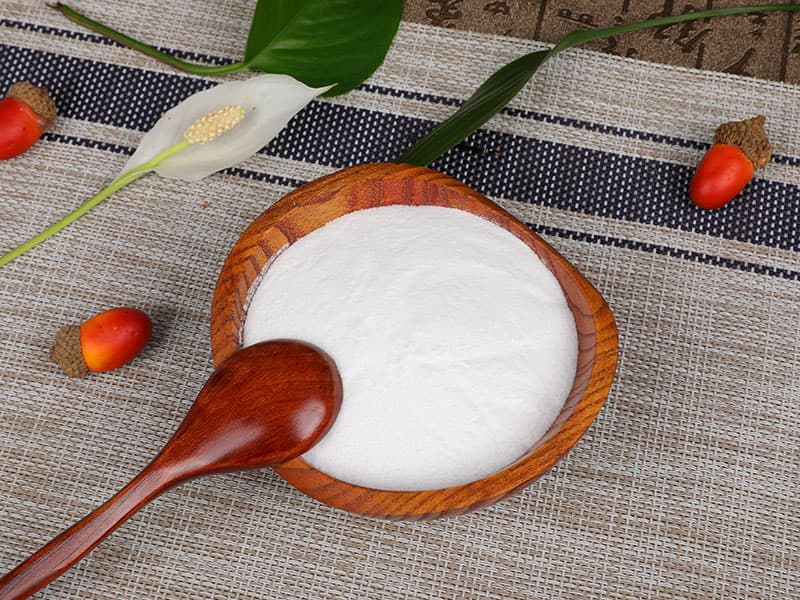Glucose monohydrate is commonly used in laboratories for various purposes due to its versatility and availability. Some of the common uses of glucose monohydrate in laboratory settings include:
Cell Culture Media: Glucose monohydrate is an essential component of cell culture media. It serves as a nutrient source for cells, providing the necessary carbohydrates to support cell growth and metabolism in vitro.
Microbial Growth Media: Glucose monohydrate is often included in microbial growth media to support the growth of microorganisms, such as bacteria and yeast. It serves as an energy source for these organisms during laboratory experiments and research.
Biochemical Assays: Glucose monohydrate is used as a substrate in various biochemical assays to assess enzyme activity and other metabolic processes. For instance, it can be utilized in tests like the glucose tolerance test or the measurement of glucose levels in blood samples.
Cryopreservation: In some cryopreservation techniques, glucose monohydrate may be used as a cryoprotectant to preserve biological samples, such as cells or tissues, at low temperatures for long-term storage.
Buffer Component: Glucose monohydrate is used in the preparation of buffer solutions, which help maintain a stable pH level in various laboratory experiments.
DNA Sequencing: In DNA sequencing reactions, glucose monohydrate is sometimes used as a component to ensure proper enzymatic activity and reaction conditions.
Protein Expression: Glucose monohydrate can be utilized as an energy source in microbial cultures for the expression and production of recombinant proteins.


 English
English 中文简体
中文简体





